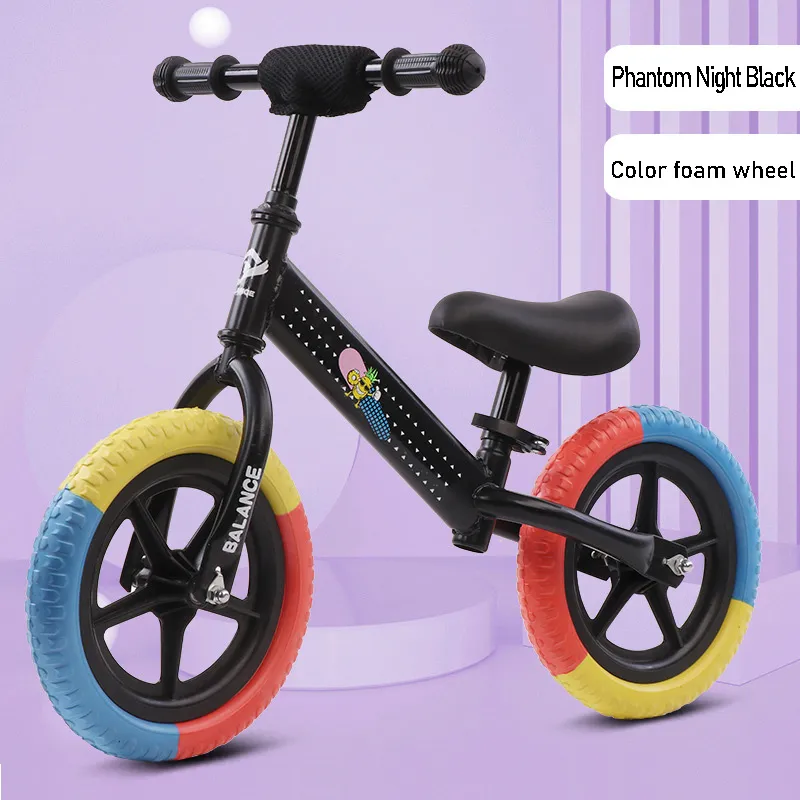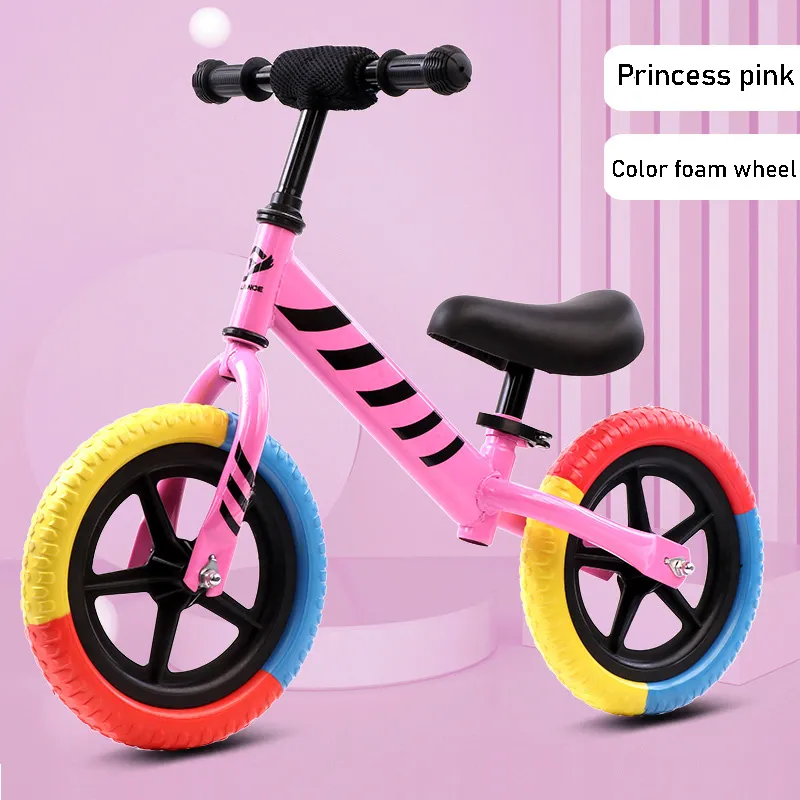Oct . 02, 2025 13:50 Back to list
Electric Balance Car with Smart Gyro: Safer, Smoother Ride?
From Playground to Pedals: What Parents Should Know About the electric balance car category
The kids’ ride-on market is changing fast. You’ve got powered scooters buzzing around parks and, right next to them, quiet pedal-free balance bikes teaching toddlers the ABCs of balance, steering, and confidence. To be honest, the non-powered style is still my go-to recommendation for 18–48 months. It’s safer, lighter, and—surprisingly—faster at building real cycling skills.

Product snapshot: Children’s Balance Car (12/14-inch)
Origin: China. This lightweight, pedal-free trainer for toddlers is the sort of thing many parents keep in the trunk. It has an integrated carry handle—nice touch when your rider decides it’s snack time three blocks from home. I guess that’s half the fun.

Why choose this over a electric balance car?
- Skill-first: Coasting teaches balance before pedaling; fewer falls after transition.
- Lightweight: Easier for smaller riders to control; easier for parents to carry.
- Low maintenance: No battery anxiety, no charging, just roll.
- Value: Typically lower total cost of ownership and longer service life in families with multiple kids.

Technical specifications (real-world use may vary)
| Model | 12-inch (18–48 months), 14-inch (up to ≈6 years) |
| Frame | High-tensile steel (standard) or magnesium alloy (optional) |
| Weight | ≈ 2.8–3.6 kg depending on size/material |
| Tires | EVA foam (no-flat) or pneumatic 12/14-inch |
| Seat/Handlebar | Tool-free height adjustment; soft-touch grips |
| Carry Handle | Integrated for easy transport |
| Certifications | EN 71-1/2/3, ASTM F963, CPSIA compliant |
| Service life | 3–5 years in family rotation, around 2–3 years in heavy daycare use |

Process, materials, and testing
- Materials: powder-coated steel or magnesium alloy frame; PP/TPR grips; EVA or rubber tires.
- Manufacturing: tube forming and welding → shot blasting → powder coating → assembly → QC.
- Testing: drop test (50 cm, 10 cycles), handlebar pull (≥ 70 N), small parts choke test, finish adhesion (ASTM D3359), salt-spray on hardware (≥ 24–48h), UV aging (up to 72h equivalent).
- Standards referenced: EN 71, ASTM F963, CPSIA; for geometry guidance, child bicycle norms such as ISO 4210 parts where applicable.
Applications and feedback
For parks, daycare centers, indoor play gyms, and pre-bike training courses. Many customers say their kids transition to pedal bikes in days, not months. One daycare operator told me incidents dropped after switching from a heavier electric balance car fleet to these lighter trainers—less momentum, fewer tumbles.

Customization options
- Colors and decals (Pantone-matched), private logo, retail packaging.
- Tire choice: EVA for low maintenance, or pneumatic for better grip/comfort.
- Seatpost and handlebar heights tuned to your program’s age band.
- Bulk orders: OEM/ODM with MOQ from ≈200 units; lead time typically 25–35 days.
Vendor comparison (indicative)
| Vendor | Certs | MOQ | Lead Time | Customization | Price (EXW) |
|---|---|---|---|---|---|
| Yanline Bike | EN 71, ASTM F963, CPSIA | ≈200 | 25–35 days | Colors, logo, tires, packaging | $$ (value-focused) |
| Marketplace Brand A | Partial | 1 | Ships in 2–5 days | Limited colors | $ (budget) |
| Boutique EU Brand B | EN 71, additional in-house tests | 50–100 | 30–45 days | Broad, higher cost | $$$ (premium) |
Case study: micro-fleet roll-out
A preschool in Shenzhen deployed 20 units (12-inch EVA). After 10 weeks, they reported 35% faster progression to pedal bikes among 4-year-olds versus their previous electric balance car sessions. Maintenance logs showed only grip replacements and one seat clamp swap—no flats, no battery maintenance, zero downtime.
Safety notes and standards
Always use a CPSC-certified helmet; adjust seat so feet are flat on the ground; ride on smooth surfaces away from vehicle traffic. Compliance with EN 71 and ASTM F963 matters—ask for current test reports with batch references.
References:
-
Discover Top E Bike Brand Insights, Specs & Future Trends | Yanline Bike
NewsNov.24,2025
-
Green E Bike – The Future of Sustainable Urban Mobility
NewsNov.24,2025
-
Ruffian eBike: Durable, Efficient Electric Bikes for Modern Mobility
NewsNov.23,2025
-
Comprehensive Guide to the Global E Bike Market and Future Trends
NewsNov.23,2025
-
Understanding Electric Bicycle Range: A Complete Guide for Smarter E-Bike Use
NewsNov.22,2025
-
Ceron Electric Bike – Efficient, Sustainable Urban Mobility Solutions
NewsNov.22,2025
-
Discover the Benefits and Innovations of Go Ebike | Sustainable Urban Mobility
NewsNov.22,2025




